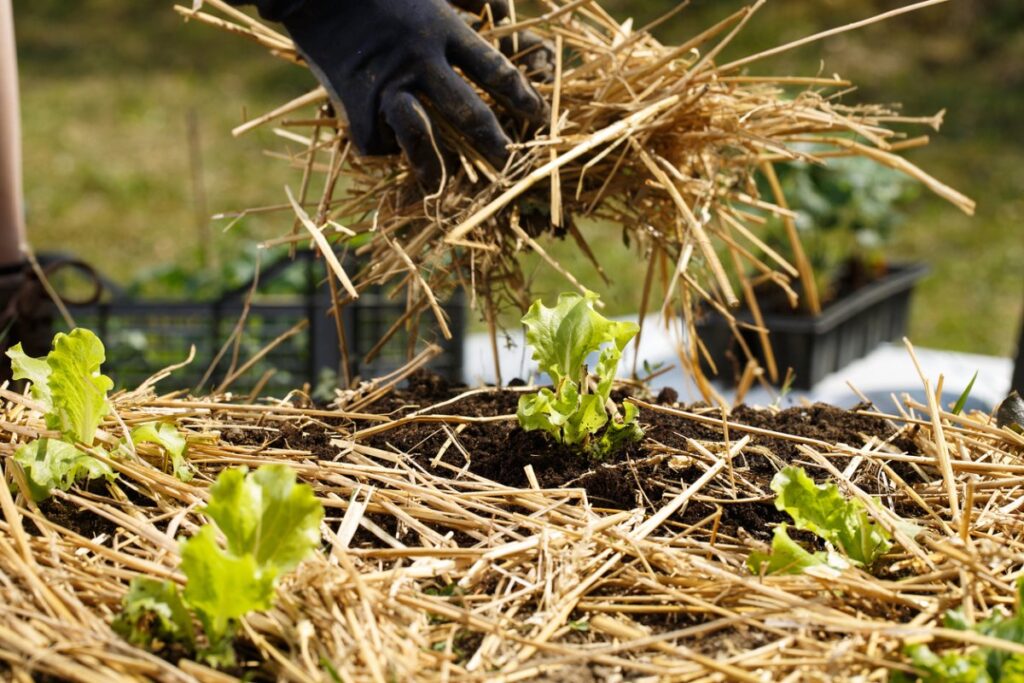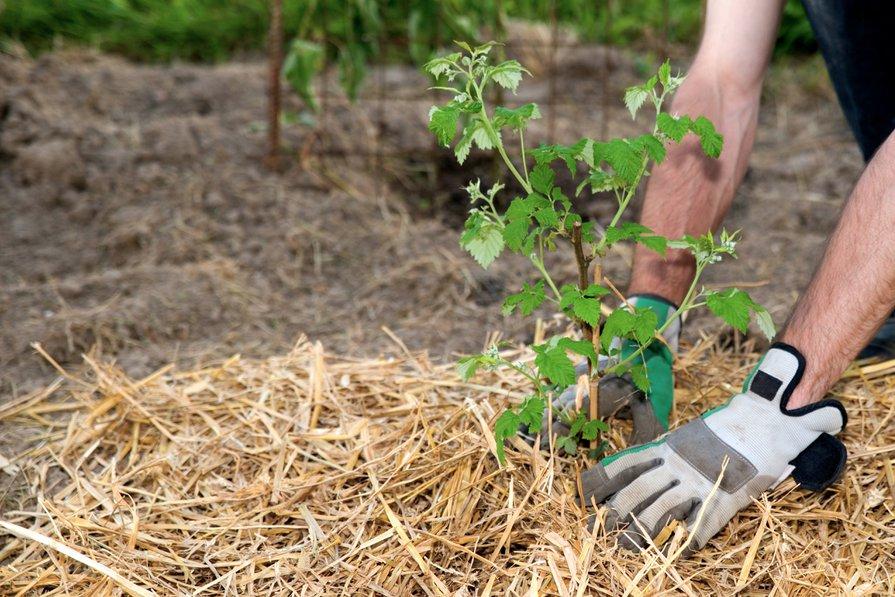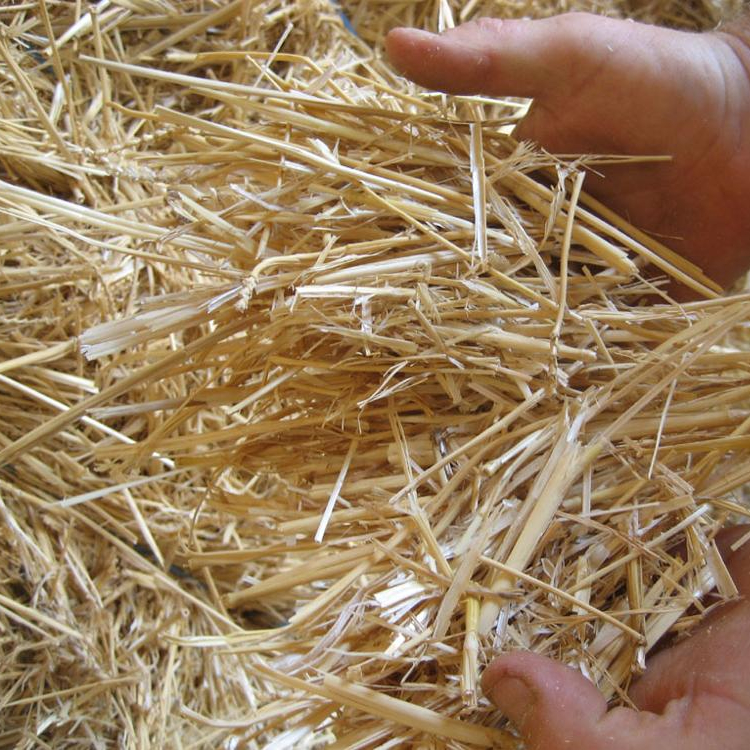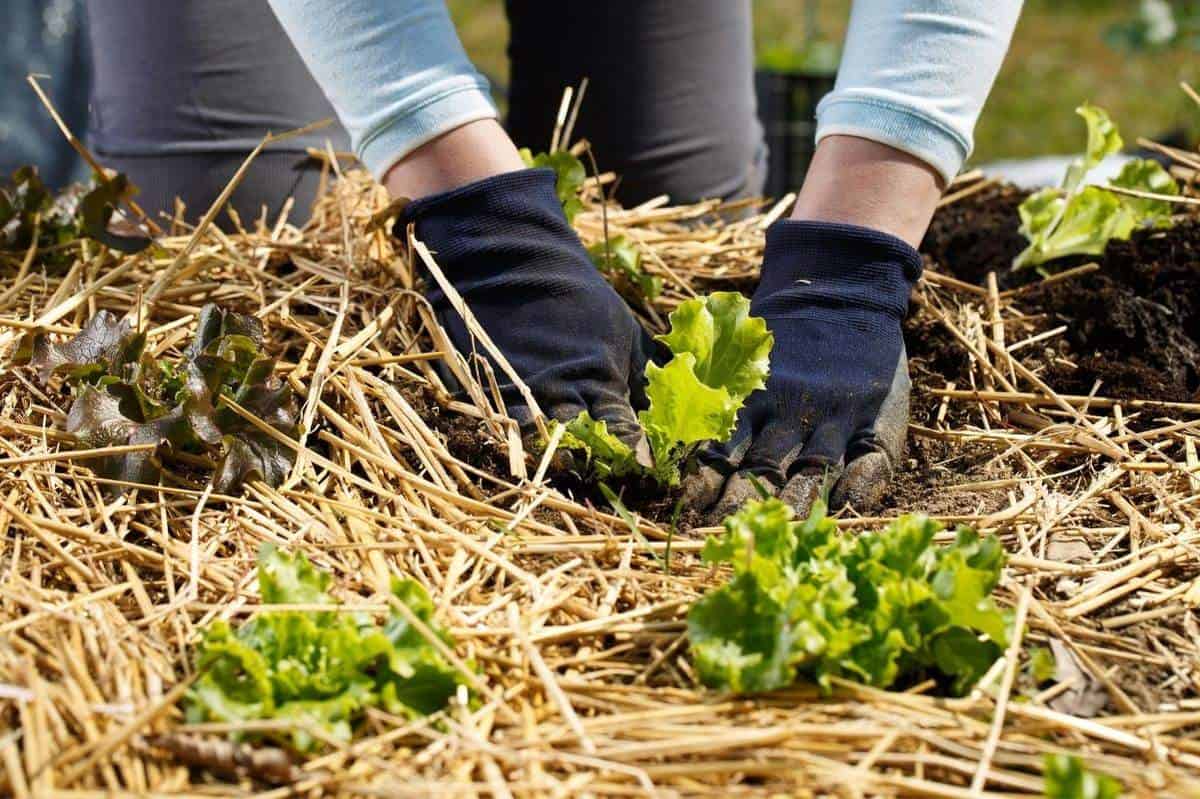Mulch is the answer if you want to put an end to your weeding woes and have a bumper crop of vegetables this year. It’s not just what you mulch with; it’s how you mulch with it.
Mulch has a long and impressive list of advantages in the garden. One of the best ways to keep the soil from being too wet is to cover it with mulch. Plus, as it decomposes, it contributes to the improvement of soil fertility. As a result, your garden will be more productive and healthier. And the best part is that it doesn’t require weeding at all!
How to mulch to stop weeds

With the correct mulch in place, a garden can be weed-free and low-maintenance with little effort required. Here’s a look at the best mulch that can be used in each garden area, and how it can help remove weeds.
Using Walking Row Mulch, Spread Out Your Material
We’ll begin by working on the garden’s walking rows. Soil zones between plants can be seen in this area. Unfortunately, they are the most difficult to keep weed-free and produce no crops at all!
Hoeing, rototilling and re-tiling your walking rows are an unnecessary waste of time. Use a thick mulching to keep weeds at bay in these areas permanently.
How to Choose The Best Mulch For Walking Rows

Low-cost choices like wood chips, shredded bark, or entire leaves can be used for the walking rows. A thick layer of 4 to 6 inches is ideal for year-round weed control.
For years, we’ve used local sawmill wood chips and bark for our walking rows. Weeding in these non-productive regions has almost completely disappeared.
Wood chips are frequently available locally, and can even be obtained for free from local landscapers and tree trimmers. And, of course, there are plenty of leaves to go around in the fall.
Stop Weeds by Mulching Around Plants
After the walking rows are completed, it is time to discuss mulching around plants. For so many reasons, mulching your plants is essential.
The first benefit is that it keeps competing weeds at bay. Weeds that grow and suck nutrients from your vegetables. Additionally, mulching is a great way to protect the roots of plants, and can also provide them with extra nutrients.
So, what are the greatest mulches to apply around your plants? The following is a brief selection of excellent choices, along with the advantages of each one:
Compost
The ultimate mulch champion! All of our plants are mulched with a 2′′ thick layer roughly 8′′ in diameter around the base.
Because of the nutrients leached into the soil by this mulch, it not only inhibits weed growth and provides protection against temperature fluctuations for plants.
Grass Clippings
When it comes to mulching around plants, nothing beats grass clippings. They do a great job at keeping weeds at bay. And, as the clippings decompose, they enrich the soil with vital organic matter.
As a bonus, grass clippings are a great source of nitrogen for the soil if they are applied when they are still fresh and green. Grass clippings that have been treated with pesticides should not be utilized on vegetable plots.
Shredded Leaves
Walking rows benefit from using whole leaves to keep out weeds, while shredded leaves are best for use near plants.
What are the benefits of using shredded leaves?
Whole leaves decompose over time, becoming matted and crumbly. This makes them good for walking rows. Plants benefit from the air and water that shredded leaves provide while keeping out weeds.
When it comes to using leaves as mulch to eliminate weeds, some are preferable to others. Among the best selections are leaves from maple, birch, ash, beech, and a variety of other fruit trees.
However, oak leaves and pine needles are not a suitable option. The acidity of oak and pine needle leaves can disturb the PH balance of soil over time.
Straw

Everywhere in the garden, straw is a wonderful mulch. It’s possible to work in or close to the growing rows of plants, or in the walking rows themselves. There is only one drawback: Depending on where you reside, it might be quite expensive.
We still use straw in our growing rows, although less now that we can utilize compost, grass clippings, and leaves.
Mulches That Should Be Avoided
There are a few mulches you should avoid at all costs when it comes to your garden.
Hay
In contrast to straw, hay is not a type of hay. You’ll have a lot of difficulties with weeds in your garden as soon as you apply it.
Straw bales are made from the agricultural stubble that is left over after harvest. Hay bales, on the other hand, are made from the complete plant, including the seed heads. This amounts to the equivalent of putting thousands of seeds into the ground, which is what hay is.
Commercial Bagged and Bulk Mulch
Even though commercial mulches are excellent for flowerbeds; they aren’t the best option for gardens. Artificial colorants, dyes, and fungicides are commonly found in commercially sold hardwood mulch. Because of this, they should be kept away from food crops in the garden.
Now it’s time to get your hands dirty in the garden this year and use mulch to eliminate the weeds forever, and enjoy a healthier crop with less work.

